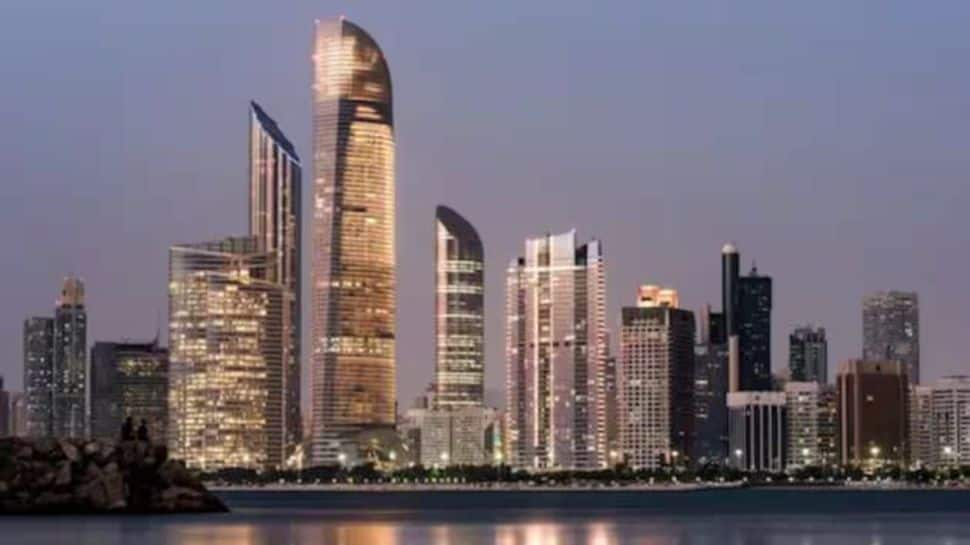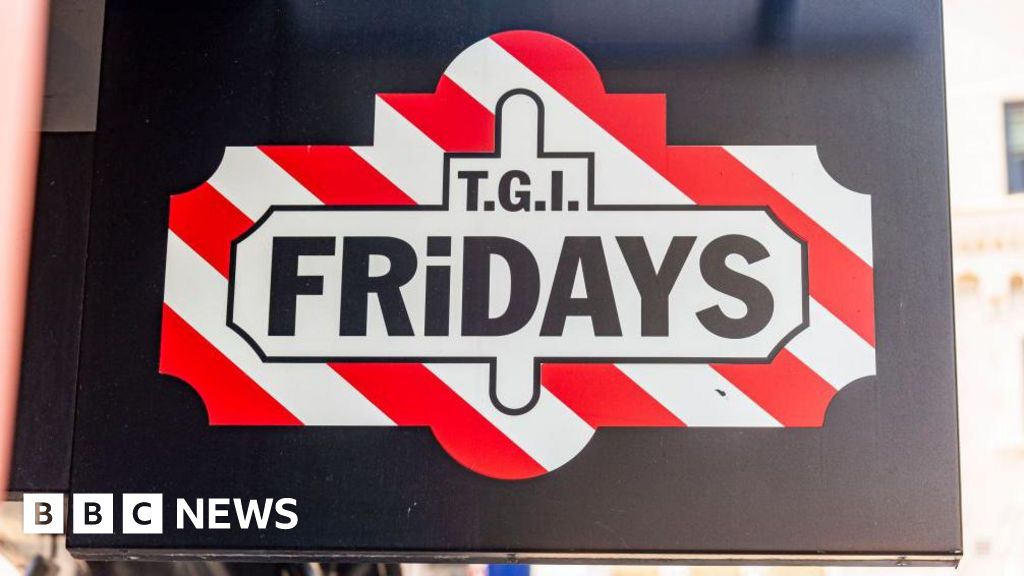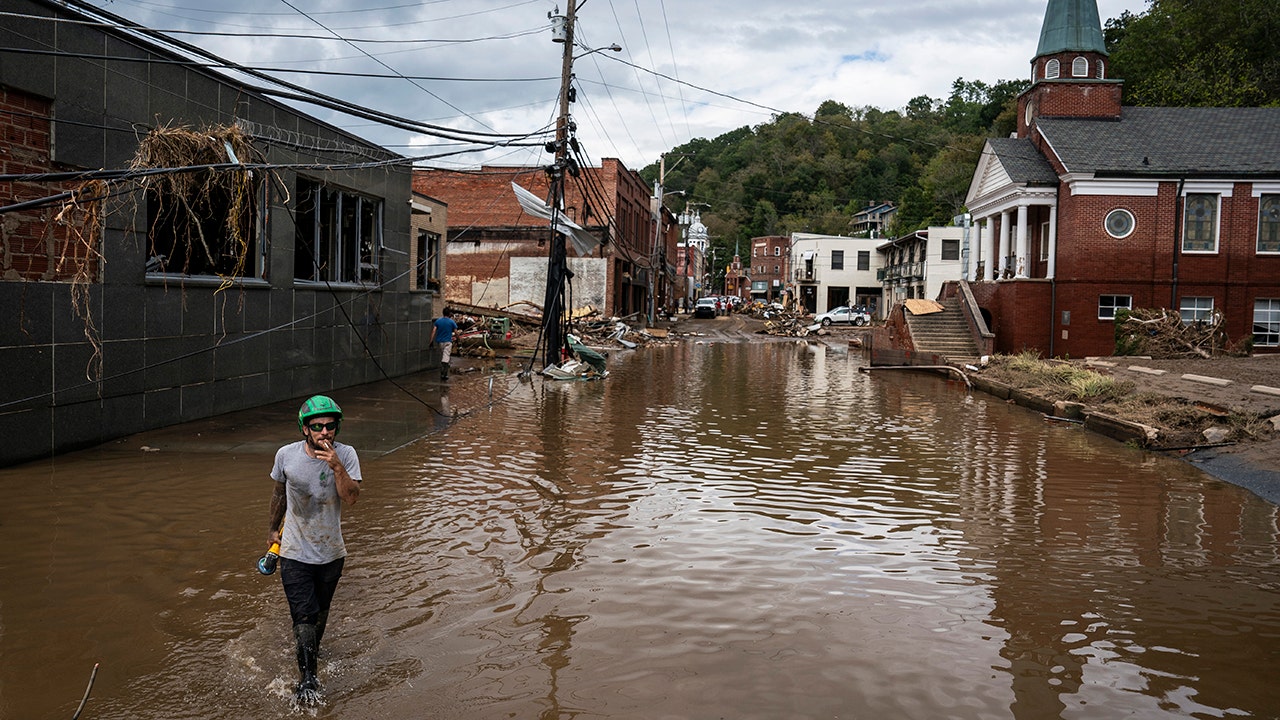The feeling of disgust is not universal.
As noted in the wall text for “Capital Brutalism,” a new exhibition at the National Building Museum that examines the love/hate relationship this city has with one of its defining architectural styles, some folks simply adore it. As evidence, the museum cites a 2021 Washington Post article, “Brutalist buildings aren’t unlovable. You’re looking at them wrong.” (Full disclosure: I edited that story.)
A lover of brutalism might blanch to learn that the museum has gathered proposals from six architecture firms for reimagining six of our most polarizing buildings. But why fix something that ain’t broke?
Almost all the buildings featured here are at least 50 years old. Most are out of favor with both contemporary tastes and technology, and are showing signs of age. Widespread office vacancies in the era since covid have left parts of federal Washington a ghost town. But tearing down and rebuilding ugly or underused structures generates carbon emissions.
As the exhibition notes, the most sustainable building is one that already exists. The show asks: How about a refresh rather than a demolition?
Along with the proposals, “Capital Brutalism” includes gorgeous architectural portraits of brutalist buildings by Ty Cole. It’s a fascinating, sometimes tongue-in-cheek look at sites the show calls the past, present and potential future of brutalism in Washington.
Robert C. Weaver Federal Building
Lead architect: Marcel Breuer.
Fun fact: The Department of Housing and Urban Development headquarters was the first federal building in the country to be made of precast concrete.
What’s wrong with it? Former HUD secretary Jack Kemp once described the building’s dismal interiors as “10 floors of basement.”
Can it be fixed? The architecture firm Brooks + Scarpa proposes surgically removing the core of the building, leaving its curved exterior wings, which form an X shape when viewed from above. About half the building would become affordable housing, the rest offices. A new central garden would be shared by residents and workers.
James V. Forrestal Building
1000 Independence Ave. SW
Lead architect: David R. Dibner.
Fun fact: Home to the Department of Energy since 1978, the building was originally built for the Department of Defense as a “Little Pentagon.”
What’s wrong with it? The 760-foot-wide building spans 10th Street like a giant billboard, obscuring views of L’Enfant Promenade.
Can it be fixed? Studio Gang also suggests some pruning: Remove a chunk of the building’s midsection, capping the ends with natural wood, windows that open and balconies to create housing. Once removed, the 96 precast concrete facade panels could be upcycled for use on other buildings.
Joseph Mark Lauinger Library
Lead architect: John Carl Warnecke.
Fun fact: The dark gray of Georgetown University’s library mimics the stones used to build nearby Healy Hall: Potomac gneiss ashlar.
What’s wrong with it? Cole, the show’s architectural photographer, called this ungainly structure a “friendly monster.”
Can it be fixed? Three fourth-year architecture students from the University of Nevada at Las Vegas envision a facelift rather than a reinvention. The plan would slice corridors through the building like a birthday cake, preserving its function as a library, with design guided by Jesuit principles of social justice, simple living, spirituality and community.
Hirshhorn Museum and Sculpture Garden
Independence Avenue and Seventh Street SW
Lead architect: Gordon Bunshaft.
Fun fact: Smithsonian Secretary S. Dillon Ripley acknowledged that the doughnut-shaped museum was controversial but felt that some aesthetic debate was appropriate for its contents: modern art.
What’s wrong with it? Its north-facing, slit-like window has been likened to a gun turret. “That is not a particularly friendly comment,” critic Paul Goldberger wrote in the New York Times, “but then, this is not a particularly friendly building.”
Can it be fixed? Unlike other reimaginings offered for this show, Diller Scofidio + Renfro’s “Bubble” — a temporary inflatable event space designed to bulge out from the doughnut hole and outdoor plaza — was actually going to be built, until budget overruns killed the project in 2013. The Hirshhorn is currently renovating its sculpture garden, with changes that will make the museum more accessible.
Year completed: Circa 1974.
Lead architect: Stanislaw Gladych.
Fun fact: Architect Nathaniel Owings, chairman of the Pennsylvania Avenue Advisory Council, originally wanted retail shops on the ground level.
What’s wrong with it? The 2.8-million-square-foot home of the FBI takes up two combined city blocks. Critic Wolf Von Eckardt called it the “perfect stage set for a dramatization of George Orwell’s ‘1984.’”
Can it be fixed? Gensler, an architecture firm known for its philosophy of “hackable” buildings, proposes putting a soccer field on top and repurposing offices as big-box retail and a hotel.
Hubert H. Humphrey Building
Year completed: Circa 1977.
Lead architect: Marcel Breuer.
Fun fact: Six office floors are suspended from a horizontal truss supported by columns that rise to the building’s penthouse level, creating the illusion of a floating monolith.
What’s wrong with it? Critic Benjamin Forgey called the Department of Health and Human Services headquarters a “fortresslike structure, removed from the life of the streets.”
Can it be fixed? In perhaps the most fanciful of the Building Museum’s reimaginings of underused office space, the D.C.-based architecture film BLDUS suggests creating a Cabinet-level department called the Department of Play. Capped by a giant pyramid, the new Temple of Play would be filled with tube slides transporting visitors from one level to the next, like something imagined by Willy Wonka. Is it plausible? Maybe not. But architects can dream, can’t they?
If you go
Capital Brutalism
National Building Museum, 401 F St. NW. 202-272-2448. nbm.org.
Admission: $10; $7 for seniors, students and children; free for members and children under 3.















































